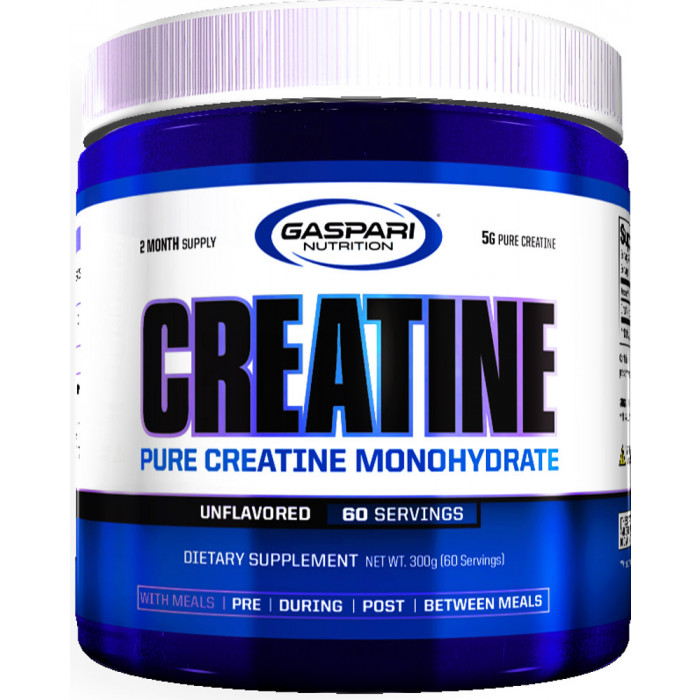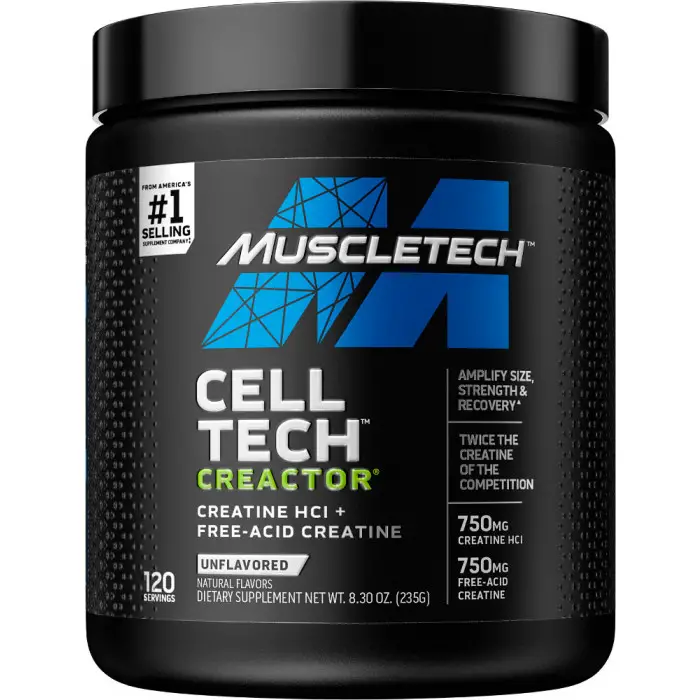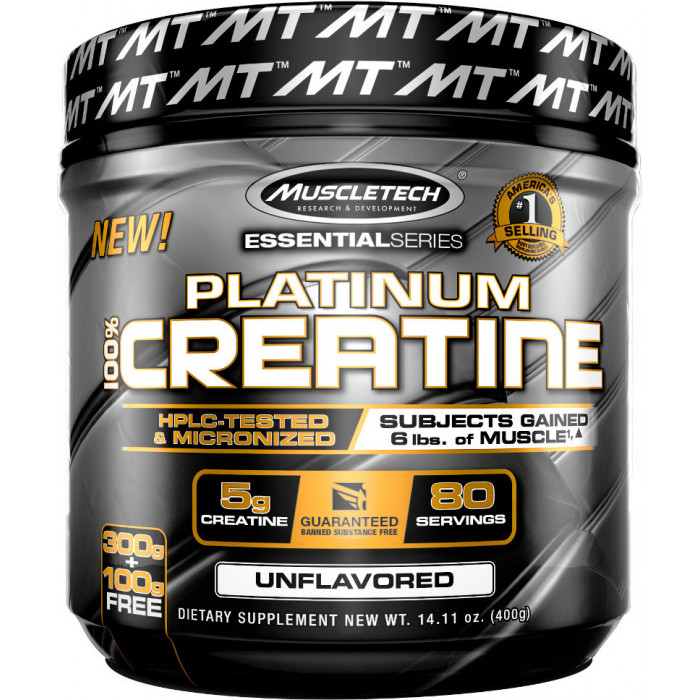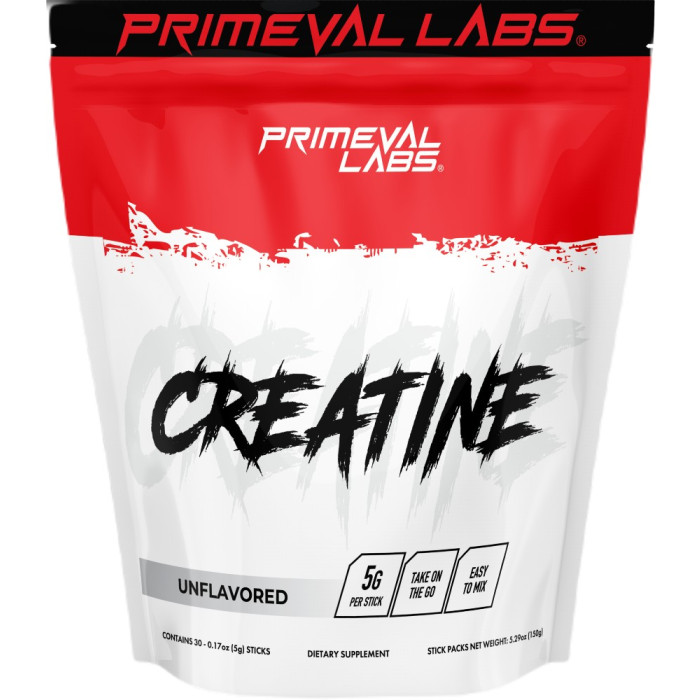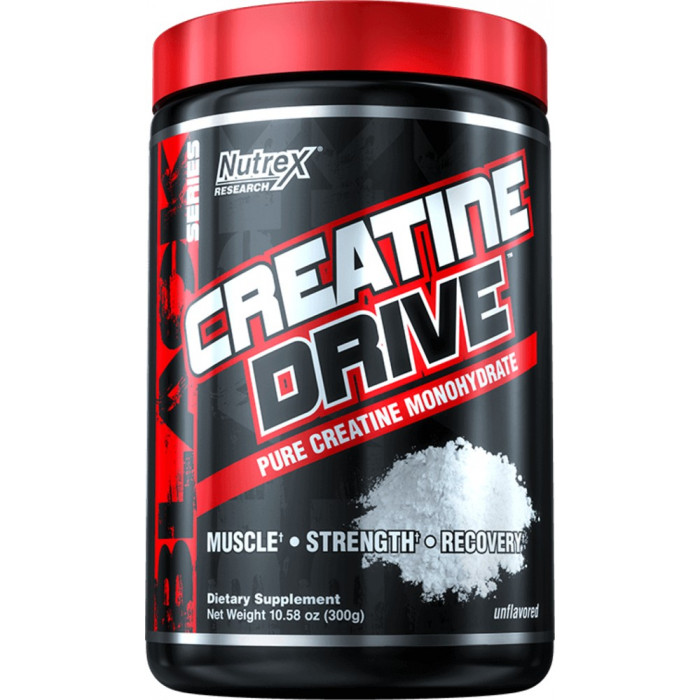The effects of taking creatine supplements take time to manifest. Muscle saturation with creatine takes time to happen. Muscle saturation involves filling the muscle’s creatine stores to capacity.
When does creatine start to work? Your muscles’ creatine stores must rise to the point of saturation for you to experience the effects of taking creatine. Depending on whether a loading phase is used, this process can take anywhere from 1 week or less to 4 weeks. To continue to maintain continuous creatine muscle saturation, a daily intake of 2 to 10 grams is needed.
In this article, I’ll explain how supplementing with more creatine has been shown to have positive effects on strength and performance.
Loading, dosing, and maintenance levels of creatine; and How to determine whether creatine is working. The outcomes you can anticipate from the start of creatine use through consistent and ongoing supplementation.
Contents
Best Creatine Supplements
After 1-Week of Creatine Use
Depending on where in the muscle the creatine levels are, the effects of creatine on performance may not be felt for up to 28 days after starting use.
Because a loading phase can achieve creatine saturation more quickly, you might notice slight performance benefits in your training after that loading phase if you’ve loaded your creatine supplementation.
For comparison, a study done on high intensity cycling found that after a 4-day creatine loading phase, cycling power increased by 3.7%.
After using creatine for a week, you might experience some changes in performance as well as physical changes in your body.
These might consist of:
More creatine in your muscles will cause them to hold more fluid and appear fuller. As a result of your muscles holding more fluid, you may notice an increase in your scale weight. Instead of “gaining weight,” your body is merely retaining more water than usual without the use of creatine.
It could take up to 4 weeks before you start noticing changes in your performance output or any of the aforementioned physical changes if you haven’t gone through a loading phase and are raising your creatine levels by taking a maintenance dose every day.
Results Can You Expect After 1-Month of Creatine Use
After one month of creatine use, it is likely that muscle saturation has been attained and is being consistently maintained if you went through a loading phase before entering a maintenance phase.
This supplementation strategy should indicate that your training results are improving gradually.
According to studies, regular creatine users can experience an 8% increase in strength and a higher power output during high-intensity exercise. How frequently you subject your body to that kind of training is also related to the rate of performance improvement that is attained.
To see results, you must consistently train in an activity while taking creatine supplements.
Because you are taking a consistent dose of creatine every day and giving your body time to adjust to the supplementation regimen, your scale weight may start to level off.
It may take a month to notice the first performance effects and physical changes like muscle fullness in cases where a loading phase hasn’t been completed.
This more closely resembles the outcomes that are typical after using creatine for a week during a loading phase.
But once more, how quickly you see results depends on how much creatine you had to start with and how long it takes to reach creatine saturation.
This can differ from person to person, which is why observing physical changes in the body can help us understand how the body is reacting to creatine supplementation.
Results Can You Expect After 3-Month of Creatine Use
Regardless of whether a loading phase was used at the beginning of supplementation, you should notice an improvement in performance and strength after three months of taking creatine supplements.
Depending on the training activity you engage in, you may feel as though you have more energy and can manage more repetitions or heavier weights while also having a higher capacity for performance when engaging in high intensity workouts like sprints.
Research on long-term creatine use and strength is particularly noteworthy because it revealed that taking creatine along with resistance training increased the maximum weight that could be lifted.
With all other factors being equal, test subjects taking creatine compared to those taking a placebo experienced bench press increases of about 43% for a 1RM and an average increase in general strength of 14%.
Another study examined the effects of creatine after prolonged use of 6 weeks. It discovered increases in sprint output and capacity as well as sustained increases in fat-free mass after creatine supplementation stopped.
After using creatine for three months, you have two options: either keep using it to support further development and results, or stop.
Studies confirm that creatine is safe for long-term use and that there is no need to cycle on and off of creatine.
- Therefore, evidence suggests that using creatine for extended periods of time is safe; or
- Any performance improvements made while using creatine will be maintained if you decide to stop using it and resume your regular training program.
How Do You Know If Creatine Is Working
When it comes down to it, it’s critical to be able to tell if our creatine supplementation is effective or not.
Here are 4 signs that will help you determine whether using creatine is having the desired effect:
- Increase in muscle
- Increase in strength
- Increase in performance output
- Decrease risk of injury
Increase in Muscle
Increase in Muscle Studies indicate that your muscles will increase. A 12 week resistance training program, according to another study, increased thigh volume, fat-free mass, and muscle strength.
Increase in Strength
Your physical strength will increase. Increases in training volume and muscle adaptations are correlated with increases in muscle mass, according to research.
Increase in Performance
Output utilizing creatine will increase your power output, and studies have shown that users who trained in high-intensity sports like sprinting and cycling experienced positive results.
Decrease Risk of Injury
According to studies, using creatine reduces cramping and prevents injury, with users reporting fewer instances of dehydration, cramping, muscle tightness, and muscle strains than their non-creatine-using counterparts.
The effectiveness of creatine supplementation depends on your exercise and diet plan. To create the best conditions for creatine supplementation to influence body, muscle, and performance adaptations, two key areas must be in order.
Ensuring the right amount of carbohydrates are consumed before, during, and after your workouts to give you the energy you need to maintain your workout intensity and push your body to access and fully utilize your creatine level.
Consuming enough protein to support muscle growth and the repair of damaged tissue, as creatine cannot accomplish these tasks on its own.
If you overlook the aforementioned, you run the risk of slowing down your progress and underutilizing the advantages of creatine dietary supplements.

